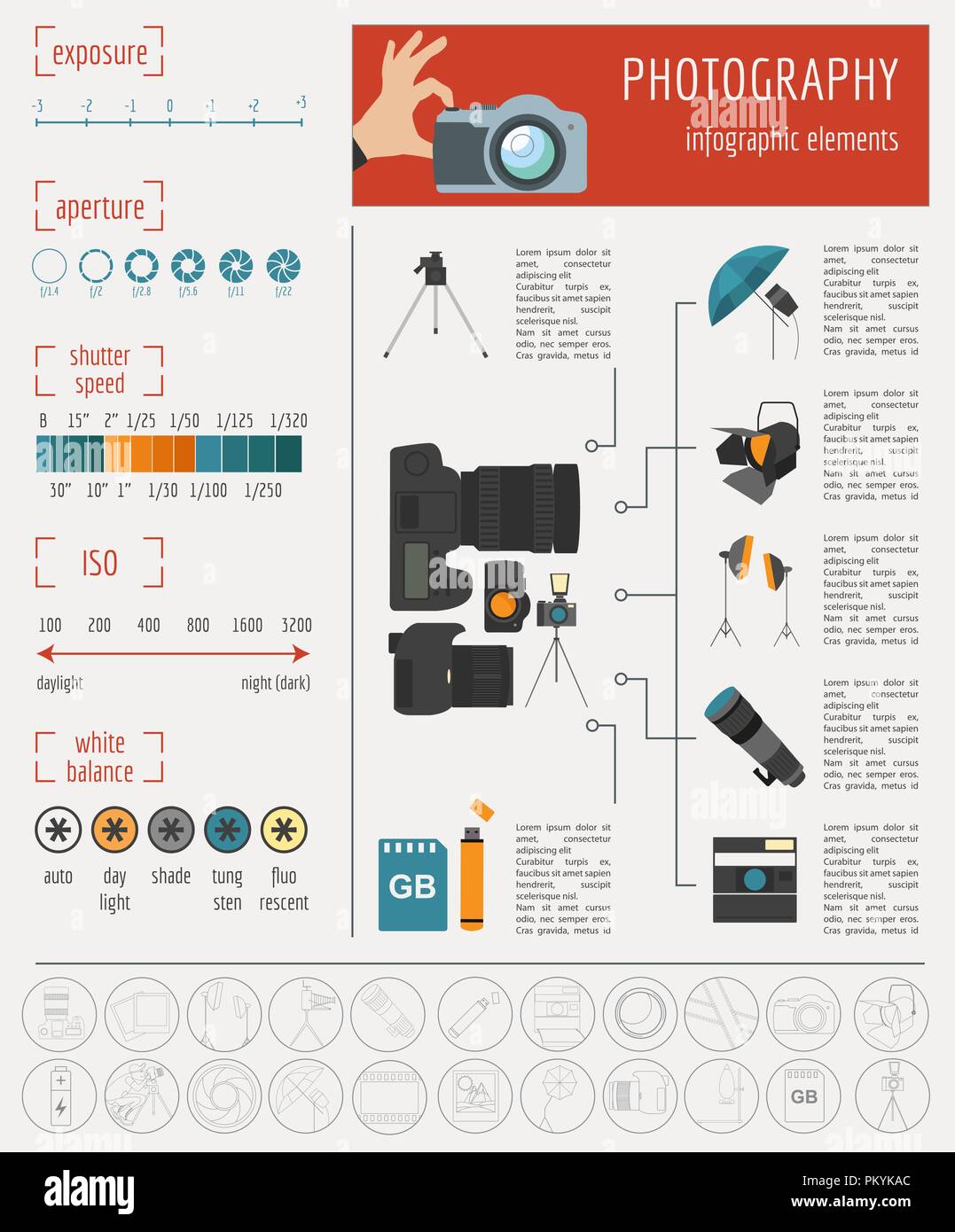What Every Digital Photographer Needs To Learn About Illumination
What Every Digital Photographer Needs To Learn About Illumination
Blog Article
Post By-Caldwell Polat
As a professional photographer, you recognize that lighting can make or break your pictures. Understanding the nuances of both natural and fabricated light is crucial for recording the state of mind and clarity you aim for in your work. Whether you're chasing after the ideal golden hour glow or fine-tuning your fabricated arrangements, mastering these aspects can boost your digital photography significantly. Yet there prevail challenges that several overlook, and acknowledging them can change your strategy to every shoot. Let's discover what you could be missing out on and how it can influence your outcomes.
Recognizing Natural Light
Recognizing natural light is important for any type of professional photographer looking to enhance their job. It's the structure of fantastic photography, influencing state of mind, tone, and clarity. When you fire outdoors, take note of the moment of day. The golden hour-- shortly after sunrise and prior to sundown-- uses soft, warm light that can transform normal scenes into sensational pictures.
Do not ignore the power of cloudy days. Cloud cover diffuses sunlight, developing a soft, also light that's perfect for pictures and macro digital photography. You'll find shades appear this type of illumination without severe darkness.
Placing matters, too. Constantly consider your subject's positioning to the light. If the sunlight's behind your topic, you might end up with a silhouette, which can be remarkable but mightn't be what you want. Conversely, direct sunshine can produce uncomplimentary shadows.
Try out angles; occasionally, altering your viewpoint can produce amazing results. Usage natural reflectors, like water or sand, to bounce light onto your topic, adding measurement.
Learning Artificial Light
Grasping man-made light is necessary for photographers who wish to take their skills to the next level. Whether you're making use of speedlights, studio strobes, or continual lights, comprehending exactly how to control these resources can drastically boost your images.
Begin by familiarizing yourself with the essentials of light quality, direction, and shade temperature level. Experiment with various modifiers like softboxes, umbrellas, or grids to regulate the softness or harshness of the light.
You'll find that soft light commonly develops complementary outcomes, while harsher light can include drama and deepness. Do not shy away from darkness; they can enhance the three-dimensionality of your topics.
Pay attention to the positioning of your lights. photo studio near me located too near your subject can produce unflattering outcomes, while too far can cause an absence of information. Use a light meter or your camera's histogram to guarantee you're revealing appropriately.
Lastly, bear in mind that man-made light can be blended with ambient light for innovative effects. Stabilizing these resources could take practice, but once you grasp it, your photography will truly beam.
Methods for Different Scenarios
When you step into various capturing situations, adjusting your illumination techniques is essential for recording the very best pictures. For Read Webpage , utilize the gold hour-- morning or late afternoon light-- to soften darkness and enhance complexion.
If it's a severe midday sun, think about using a reflector to jump light back onto your subject or look for shaded areas for a much more also direct exposure.
In low-light scenarios, like interior events, raise your ISO and make use of a wide aperture to let in more light. A tripod can assist remove camera shake, allowing for longer direct exposures without obscuring.
If you're shooting at evening, trying out off-camera flash to produce vibrant lighting and deepness in your pictures.
For product photography, make use of diffused illumination to avoid rough representations. Softboxes or light outdoors tents can aid achieve this result.
When photographing landscapes, consider the instructions of light and time of day, as it can substantially alter the state of mind of your shot.
Constantly prepare to readjust your setups and positioning based upon the situation, as flexibility is key to understanding lighting in photography.
Final thought
To conclude, mastering lighting is vital to boosting your photography skills. Embrace all-natural light's elegance throughout gold hour, and do not avoid explore fabricated light techniques. By adjusting your strategy to different circumstances, you'll catch sensational pictures that resonate with feeling and clearness. Bear in mind, the right illumination can change a common shot into something phenomenal, so keep exercising and improving your understanding of both all-natural and fabricated light. Satisfied capturing!
